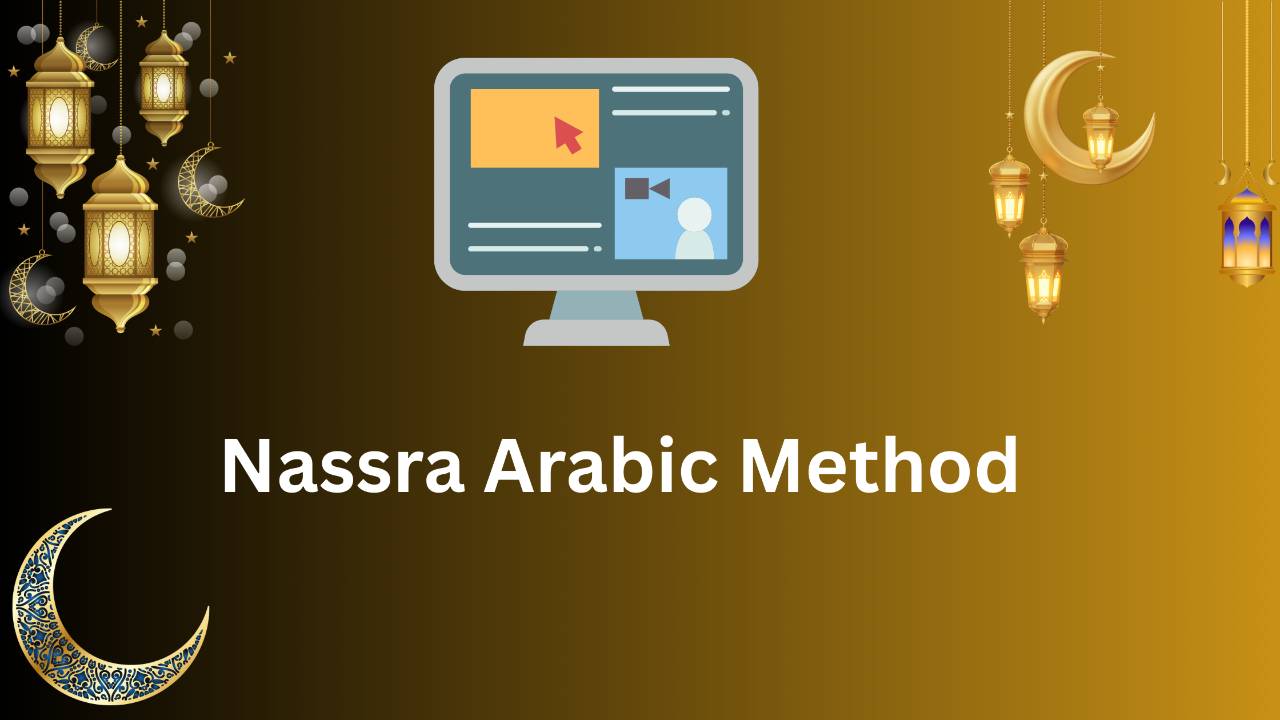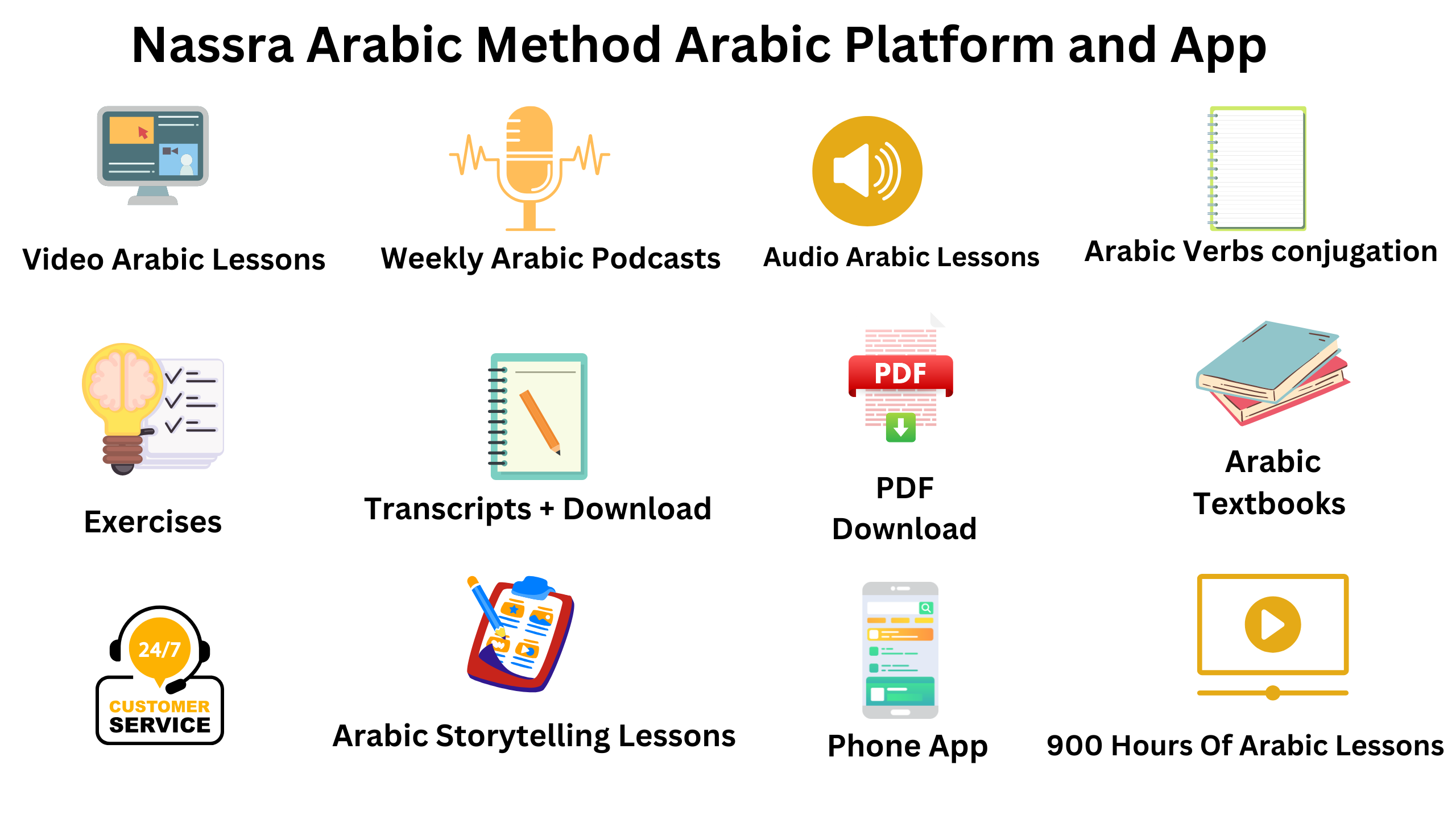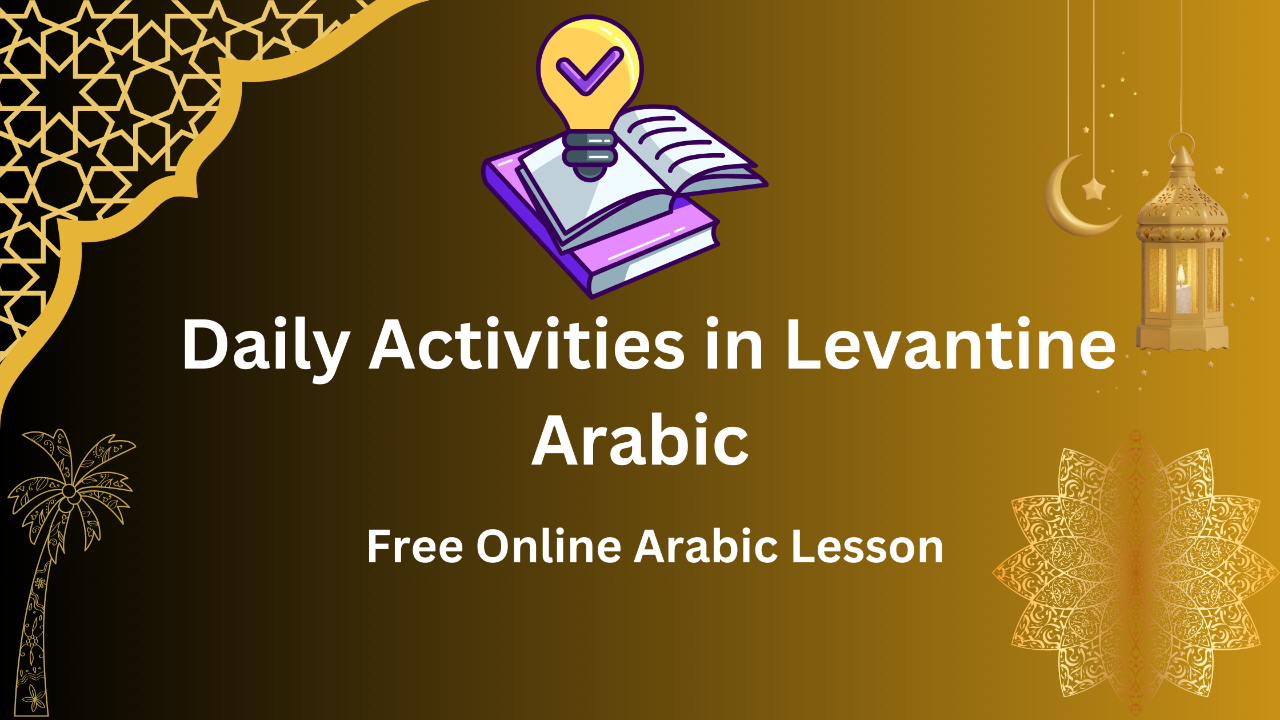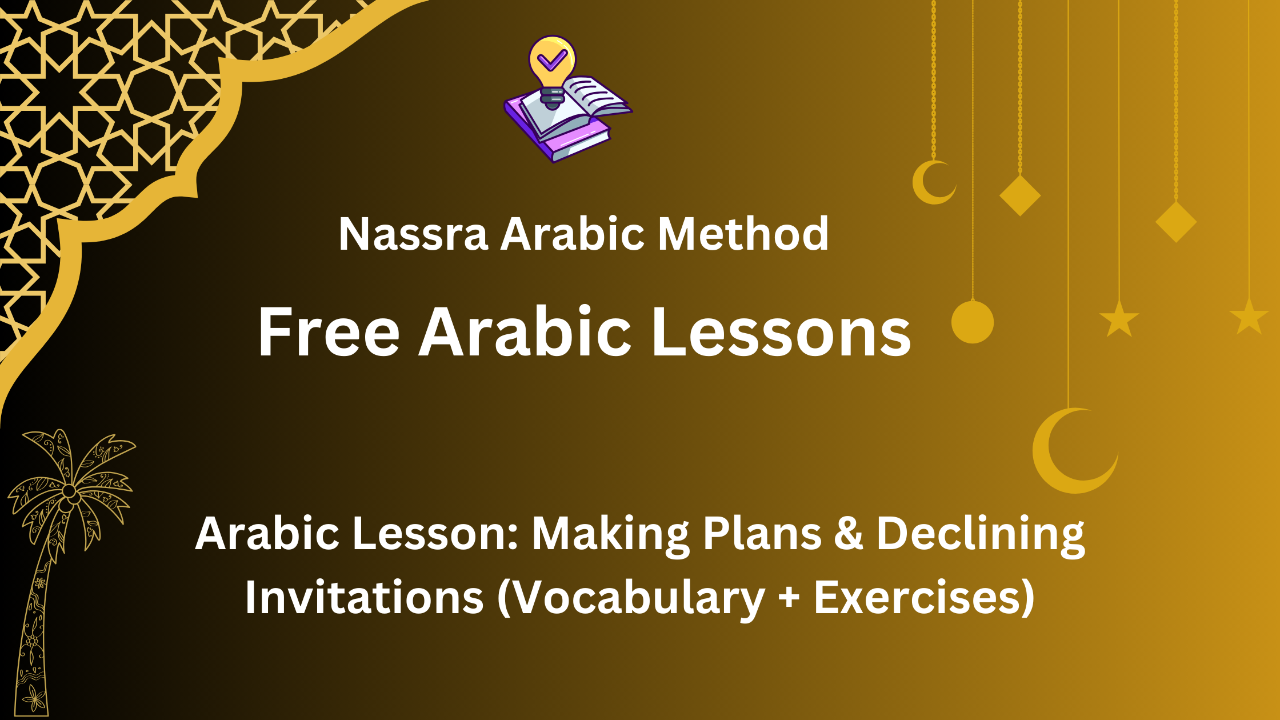Learn Arabic Online
ULTRA-EXCLUSIVE: Lifetime Access Limited to the First 100 Spots ONLY!
Act IMMEDIATELY: Lifetime Access to The Nassra Arabic Method is Only $297 This unprecedented offer is STRICTLY LIMITED to the first 100 buyers. Once those spots are gone, we CLOSE the lifetime deal – no exceptions!)
Take advantage of this offer NOW if you want to master Arabic in 2026. Spots are vanishing FAST – thousands are eyeing this, but only 100 will secure lifetime access at this price.
The Deal of a Lifetime Ends at 100: Master Levantine & Gulf Arabic Forever for $297 – Don't Let 2026 Be Another Year of "I Wish I Started
EXCLUSIVE ALERT: Lifetime Access Closes After the First 100 Spots – Secure Yours BEFORE It's Gone Until 2026!
Stop Dreaming About Speaking Arabic Fluently – Start Living It in 2026 and Beyond
Imagine this: You're in a bustling Dubai souk, negotiating like a pro in flawless Gulf Arabic... Or charming new friends in Beirut with effortless Levantine banter... Watching Al Jazeera and understanding every word without subtitles. No more awkward silences, no more frustration from useless apps o...
Why Learn Arabic in 2026: Business, Social & Political Power

Why Learning Arabic in 2026 Is a Game-Changer for Business, Social, and Political Success
As we head into 2026, the world is more interconnected than ever—geopolitical tensions simmer in the Middle East, economic power shifts toward the Global South, and social media amplifies voices from 420+ million Arabic speakers across 26 countries. Arabic isn't just a language; it's a strategic asset. Ranked as the 5th most powerful language globally by the Power Language Index—factoring in speakers, econ...
Fluent Arabic in 6 Months

My Deep Dive into Nassra Arabic Method at GoLearnArabicOnline.com
Imagine this: You’re in a bustling souk in Damascus, haggling over spices in flawless Levantine Arabic. Or sealing a deal in Dubai with Gulf dialect so natural, your clients think you’re local. Sounds impossible? Not with the Nassra Arabic Method. I just spent hours exploring GoLearnArabicOnline.com, and holy falafel—this isn’t your average language app. It’s a dialect mastery machine built by Syrian twin geniuses Omar and Khaled...
Fluent in 6 Months (Not Years!) | Speak Like Arab

Speak Real Arabic Like a Native – Fluent in 6 Months (Not Years!)
Tired of apps and classes that teach "book Arabic" nobody speaks? **Unlock Levantine Arabic (Syrian, Lebanese, Palestinian, Jordanian) + Gulf + MSA – the way millions actually talk – with the #1 method trusted by diplomats, journalists & BBC stars.
Why 99% of Arabic "Learners" FAIL (And How YOU Won't)
- ❌ Duolingo & apps: Endless vocab drills... zero real conversations.
- ❌ Traditional classes: Boring MSA (news Arabic) – usel ...
A Comprehensive Review of GoLearnArabicOnline.com
In a world where learning a new language can open doors to cultural understanding, professional opportunities, and personal growth, the Nassra Arabic Method stands out as a beacon for those eager to master Arabic dialects and Modern Standard Arabic (MSA). Hosted at GoLearnArabicOnline.com, this innovative online platform has been transforming the way students approach Arabic since 2008. Created by Syrian twins Omar and Khaled Nassra, the Nassra Arabic Method offers a dynamic and immersive learn...
Free Online Arabic Lesson - Daily Activities in Levantine Arabic

Introduction
Welcome to this exciting lesson on expressing your daily routine in Levantine Arabic! Whether you're a beginner or looking to brush up your skills, this lesson will teach you how to talk about your day—from morning breakfast to evening relaxation—using a natural and relatable dialogue. By the end, you’ll be ready to chat about your own activities with confidence. Let’s get started!
Dialogue
Below is the dialogue you provided, presented in Arabic, with transliteration and Engl
...Learn Arabic Online : Rosetta stone vs Nassra Arabic Method

Learning Modern Standard Arabic (MSA) is a powerful step toward mastering the formal language of the Arab world. As the official language of over 20 countries, MSA is used in media, literature, formal speeches, and written communication. Whether you’re aiming to understand Arabic news or engage in professional settings, choosing the right learning tool is key. Two standout options are Rosetta Stone and the Nassra Arabic Method. In this comparison, we’ll explore how each helps you learn Arabic on...
Learn One Arabic Dialect Online and Understand the Rest: Your Shortcut to Fluency

Imagine unlocking the vibrant world of Arabic with just one key. Did you know that Arabic has 3 main standard dialects, but mastering a single one—like Levantine, Gulf, or Egyptian—can help you understand many others? If you’re eager to learn Arabic, focusing on one dialect isn’t just practical—it’s a proven strategy to fast-track your fluency across the Arab world. Let’s dive into why this works, how to pick the right dialect, and the best ways to get started online. By the end, you’ll be convi...
Free Arabic Lesson : Making Plans & Declining Invitations (Vocabulary + Exercises)

Free Arabic Lesson: Mastering Levantine Arabic Through Everyday Conversations
Welcome to this exciting Levantine Arabic lesson! Today, you’ll step into a real-life conversation between Sarah and Rami as they try to make plans. This lesson will help you learn practical vocabulary, improve your pronunciation, and practice with engaging exercises. Whether you’re new to Arabic or looking to sharpen your skills, this lesson is perfect for you. Let’s dive in and explore the vibrant world of Levantine...
Al Madina Arabic vs. Nassra Arabic Online Method: Best Way to Learn Arabic

Al Madina Arabic vs. Nassra Arabic Online Method: Which Is Best for Your Arabic Learning Goals?
Learning Arabic opens doors to a vibrant culture, rich history, and over 400 million native speakers across 22 countries. But with so many approaches—formal Arabic, spoken dialects, or Quranic recitation—where do you start? Two standout online platforms, Al Madina Arabic and Nassra Arabic Online Method, cater to different needs. Whether you want to master the Quran, chat with locals in Dubai, or re
...

